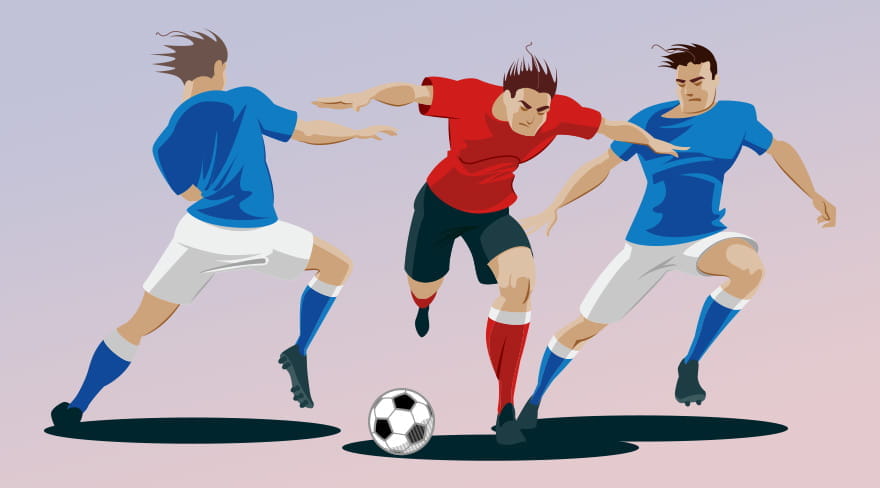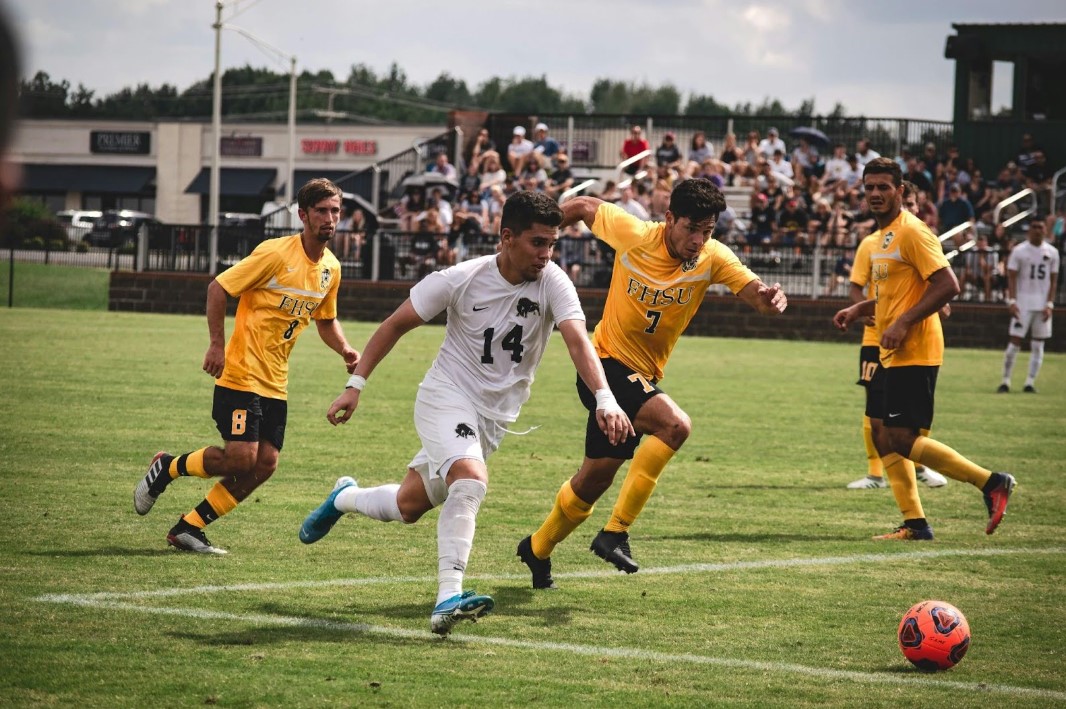The Hidden Influence of Local Cultures on Football Club Tactics and Styles
Unlocking the Playbook: The Hidden Influence of Lo

by: Edward Jr. Anderson
Unlocking the Playbook: The Hidden Influence of Local Cultures on Football Club Tactics and Styles
Delve into the secret world of football tactics influenced by local cultures. Explore how regions' unique characteristics shape football clubs' playing styles. Discover the hidden cultural threads weaving through the beautiful game, from tactical nuances to team dynamics.
The Unseen Threads of Football Tactics
Beyond the roar of the crowds and the excitement of goals, football tactics are woven with threads that extend far beyond the pitch. This exploration aims to uncover the hidden influence of local cultures on football club tactics and playing styles. From the streets of Rio to the training grounds in Barcelona, discover the cultural nuances that shape the beautiful game and keep following soccer livescore to find how cultures influence tactics worldwide.
Tactical Nuances in Latin American Football: Samba and Street Flair
• Dynamic Attacking Play
In the heart of Latin America, football is not just a sport; it's a rhythmic dance on the pitch. Brazil, Argentina, and Uruguay teams often showcase a dynamic attacking style characterized by intricate dribbling, quick passes, and flair. This style reflects the cultural vibrancy of Latin American nations, where the samba rhythm echoes how the ball moves.
• Street Football Roots
Many Latin American players honed their skills in the vibrant street football culture. The narrow alleys and makeshift pitches contribute to their close ball control, improvisation, and ability to navigate tight spaces – elements that find their way into the tactical playbook of clubs influenced by Latin American football traditions.
European Tactical Traditions: Precision and Tactical Discipline
• Total Football Philosophy
European football, particularly in nations like the Netherlands and Spain, has been influenced by the concept of "Total Football." This tactical philosophy emphasizes fluidity, with players capable of seamlessly interchanging positions. The idea is not just to have specialists but versatile players who can adapt to different roles – reflecting tactical discipline and precision.
• Defensive Resilience in Italian Football
Italian football, on the other hand, is known for its defensive prowess. Teams like AC Milan and Juventus have historically built their success on solid defensive structures, disciplined marking, and strategic positioning. This approach mirrors the meticulous planning and organization often associated with Italian culture.
African Football Styles: Power, Pace, and Resilience
• Physicality and Strength
In African football, power and physicality often take centre stage. Teams from Nigeria, Senegal, and Ivory Coast are known for their robust playing style: solid challenges, powerful runs, and aerial dominance. This reflects the resilience and strength ingrained in many African cultures.
• Pace and Counter-Attacking Brilliance
The vast landscapes of Africa have contributed to the emphasis on pace and counter-attacking strategies. Teams capitalize on the speed of their players, launching rapid counter-attacks that catch opponents off guard. This tactical approach mirrors the open spaces and expansive landscapes of the continent.
Asian Football Strategies: Technical Prowess and Tactical Precision
• Technical Brilliance in Japanese Football
Football is often played in Japan with technical precision and a focus on ball control. Teams emphasize intricate passing sequences, quick ball circulation, and skilful play – attributes that reflect the meticulous attention to detail often found in Japanese culture.
• Collective Team Effort in South Korean Football
South Korean football, influenced by a robust collective mindset, emphasizes teamwork and disciplined defensive structures. Teams often exhibit a tireless work ethic and a commitment to working as a cohesive unit, reflecting the values of teamwork and collaboration deeply ingrained in South Korean culture.
Interviews with Football Tacticians: Insights into Cultural Influences
Q&A with Coach Marta Gomez, Latin American Football Expert
• Q: How does Latin American culture influence football tactics?
Coach Gomez: "Latin American football is about passion, flair, and unpredictability. These cultural traits find their way into the tactical choices – emphasising attacking play, creativity, and the joy of expressing oneself on the pitch."
• Q: How can coaches integrate cultural influences into their tactics?
Coach Gomez: "Understanding the cultural roots of football is key. Coaches can encourage creativity, embrace individual expression, and infuse the team with the energy and passion inherent in Latin American football."
The Beautiful Game, Culturally Woven
Football tactics are not just a set of plays; they reflect the cultural tapestry surrounding the sport. Yesterday football was not the same. From the streets of South America to the training grounds of Europe and the vast landscapes of Africa and Asia, local cultures leave an indelible mark on how football is played. As the beautiful game evolves, acknowledging and celebrating these hidden cultural influences adds depth and richness to the worldwide tactical narratives unfolding on football pitches.







